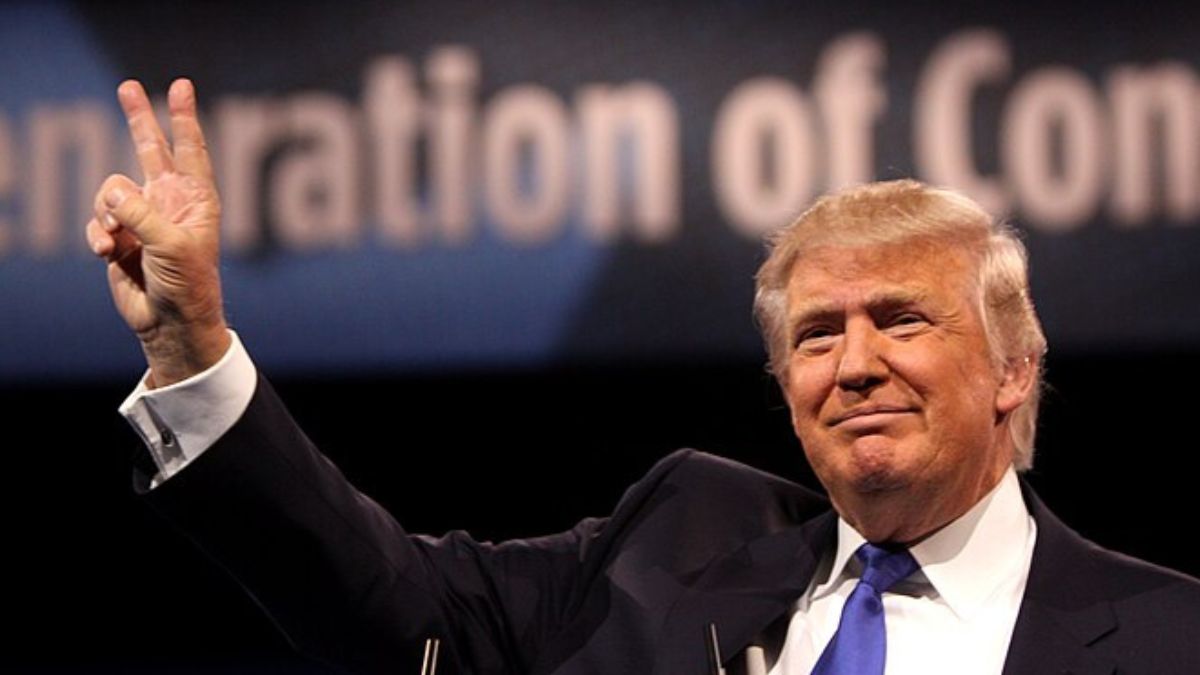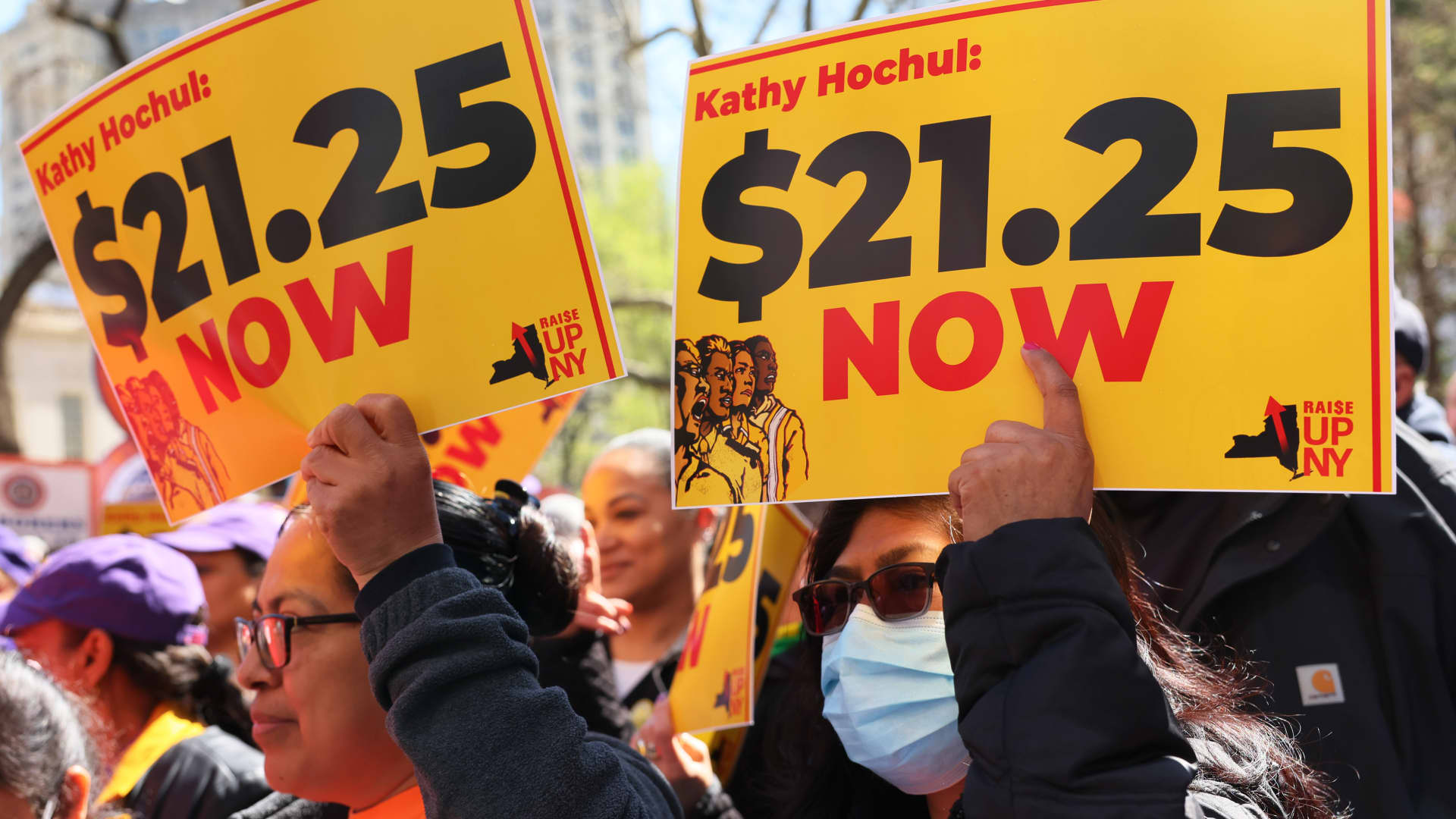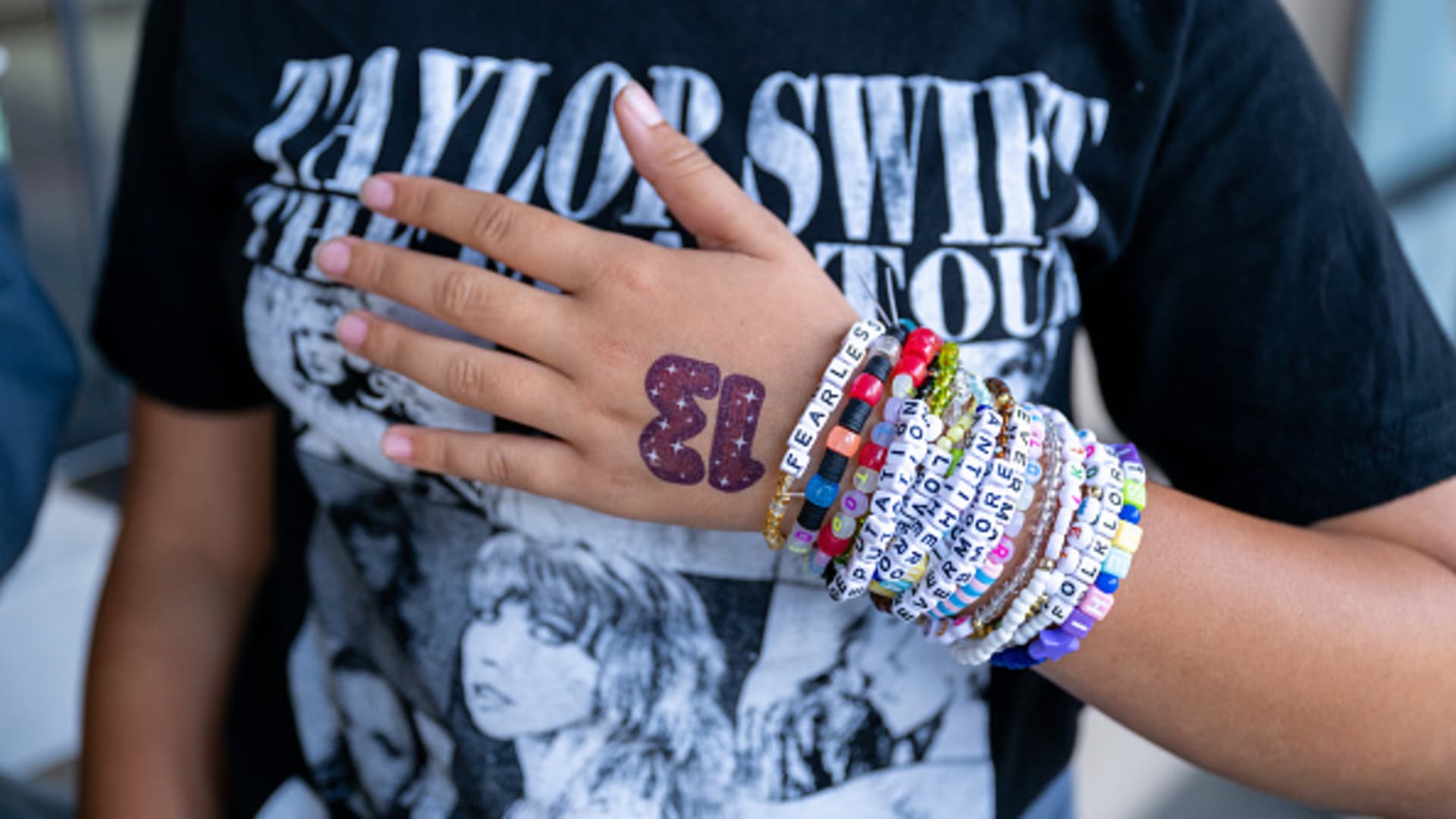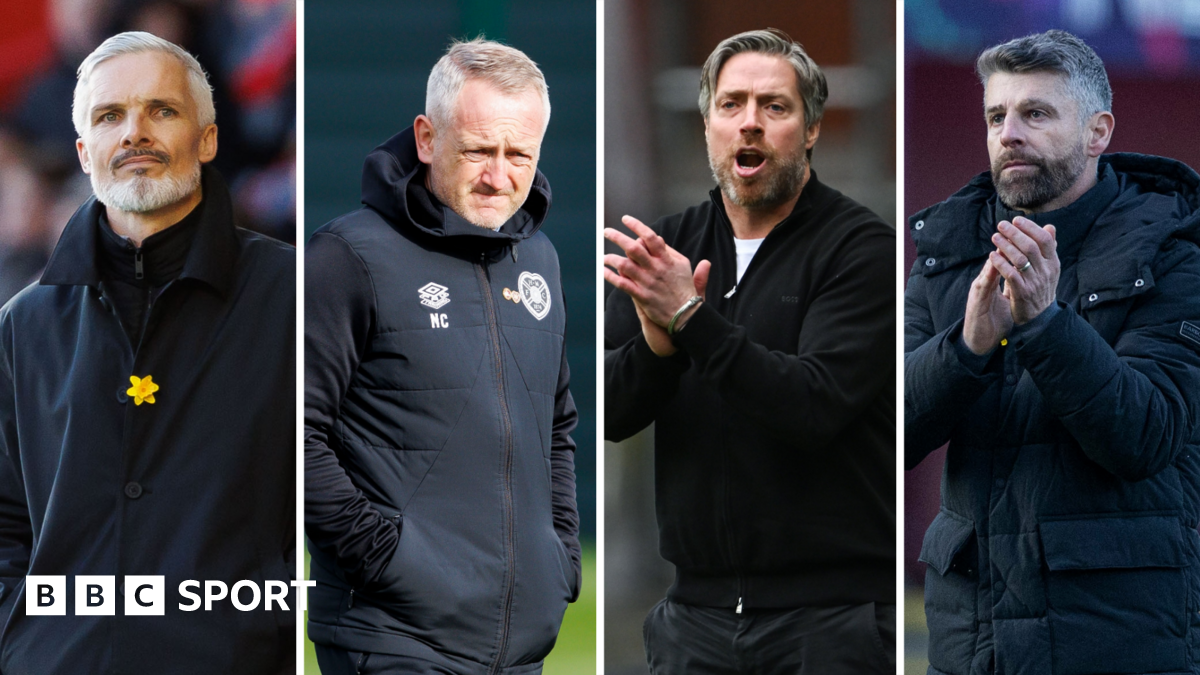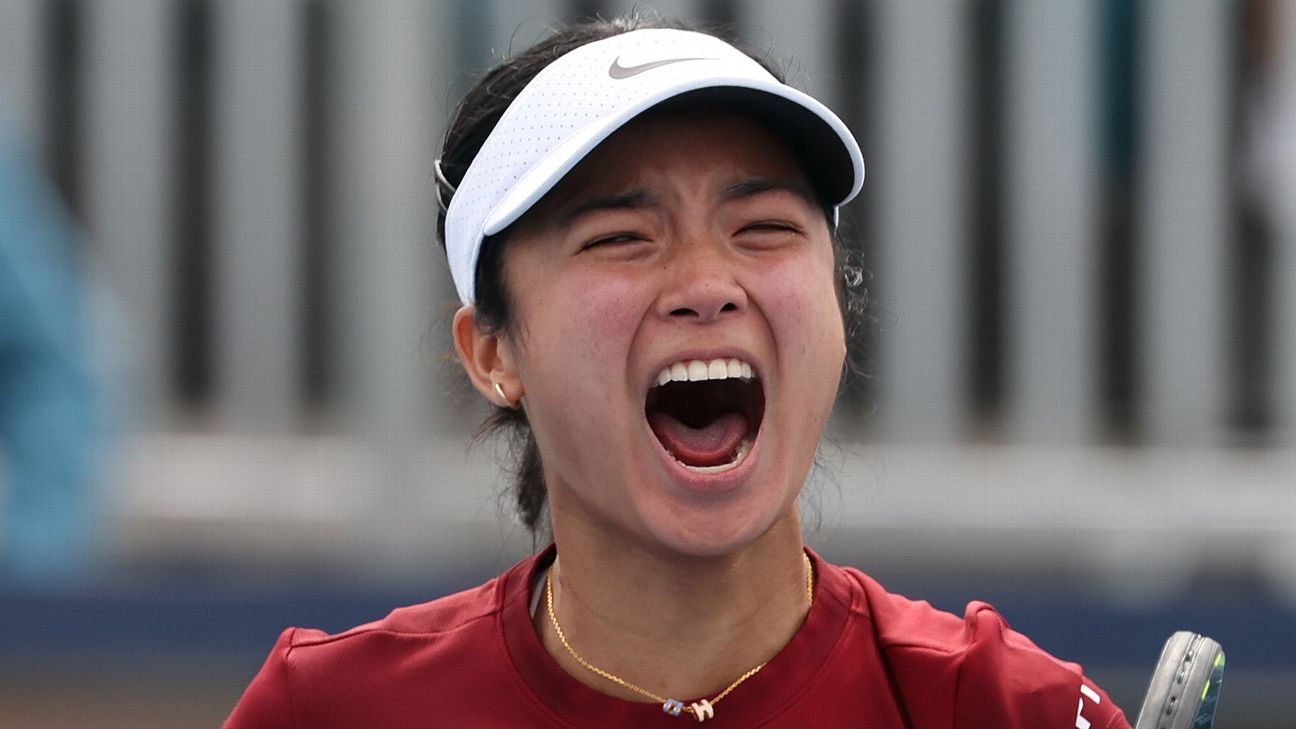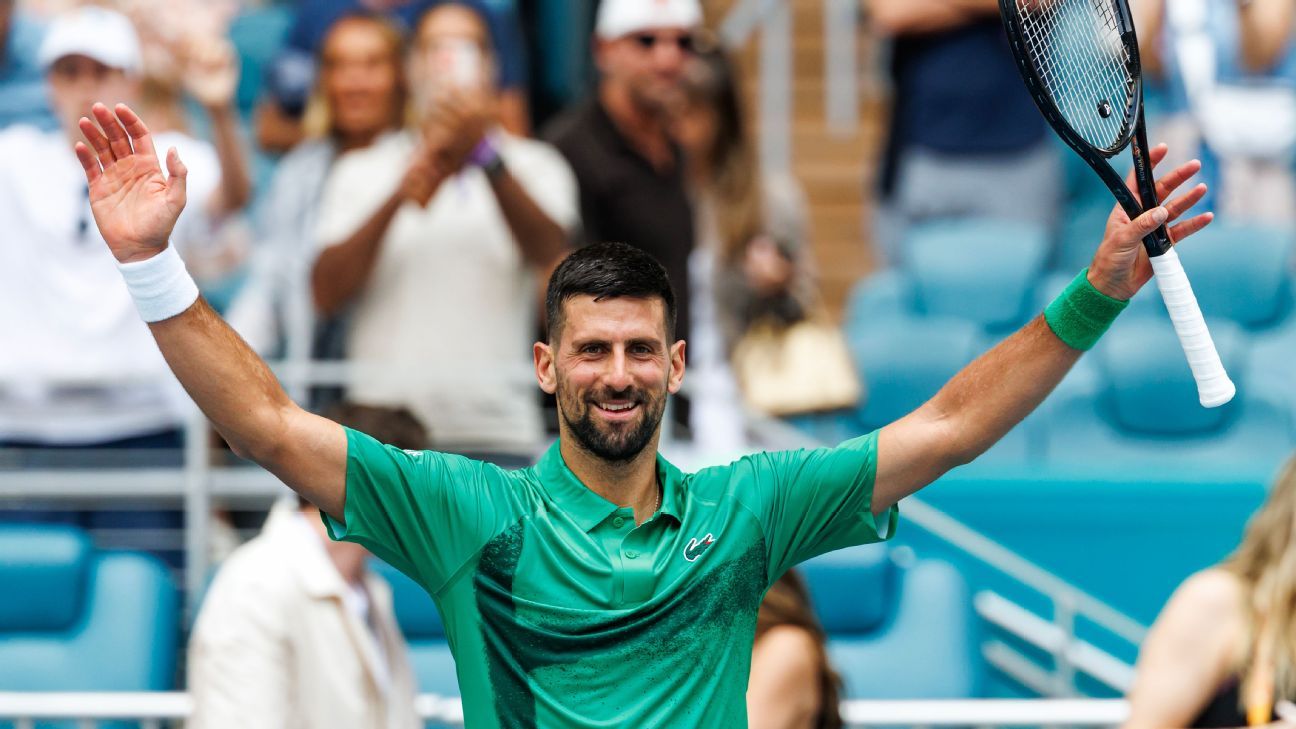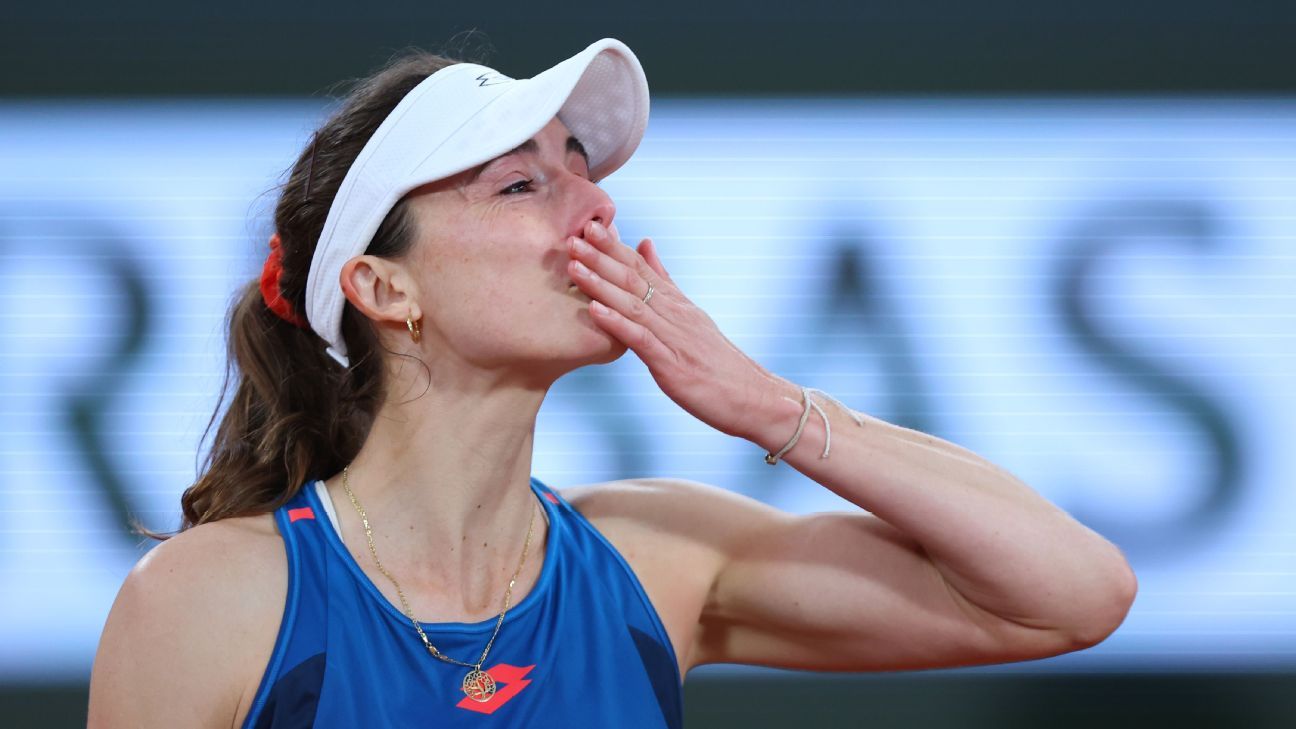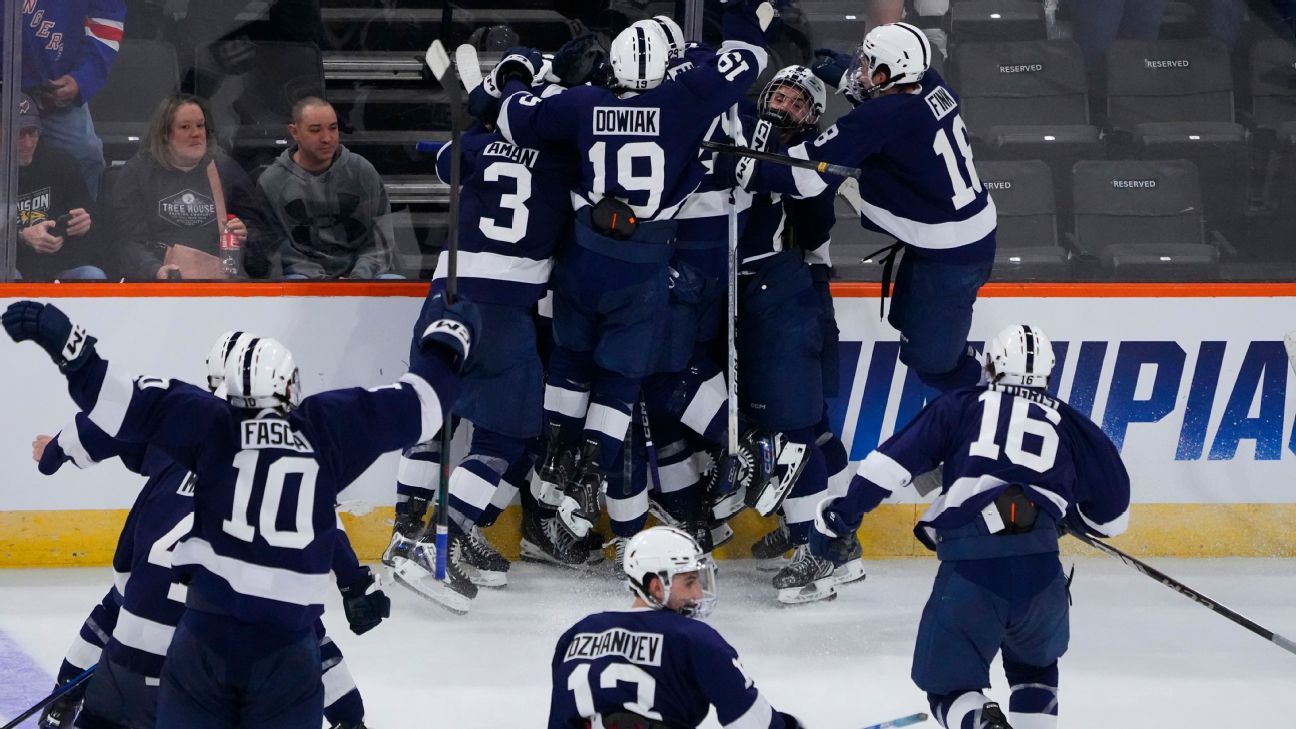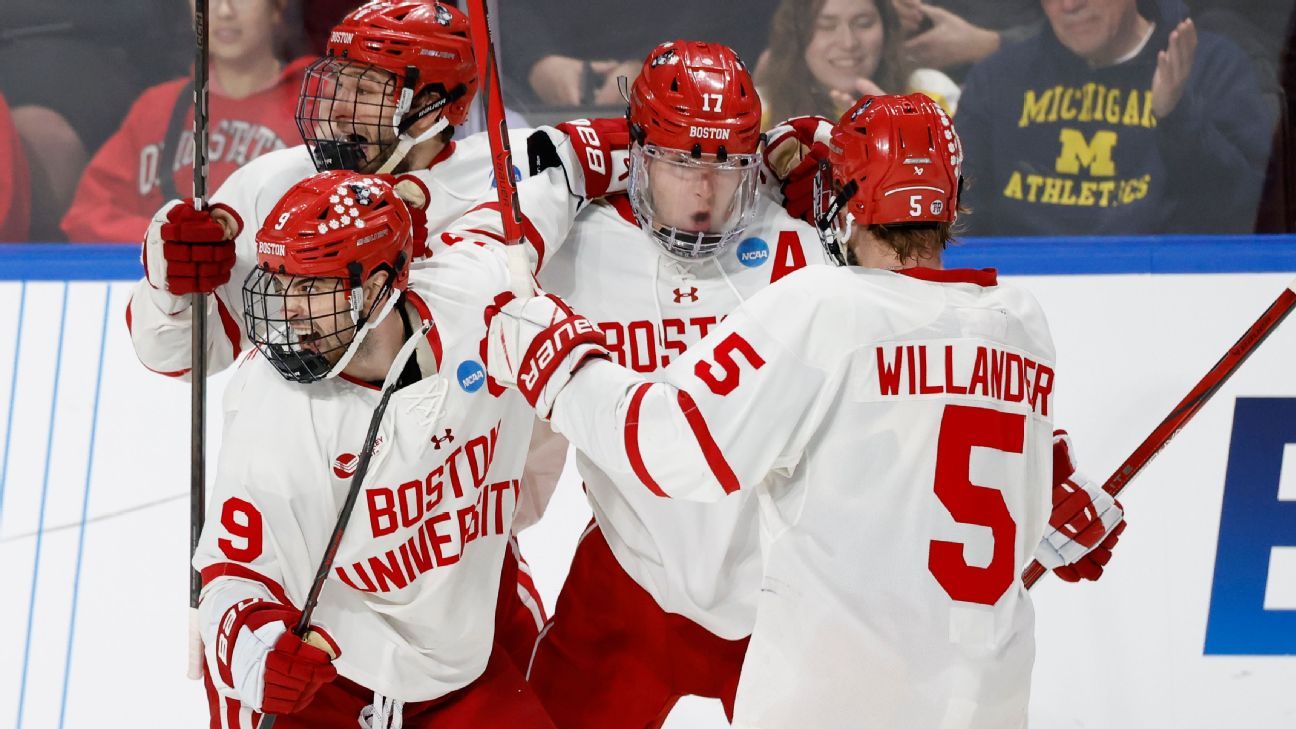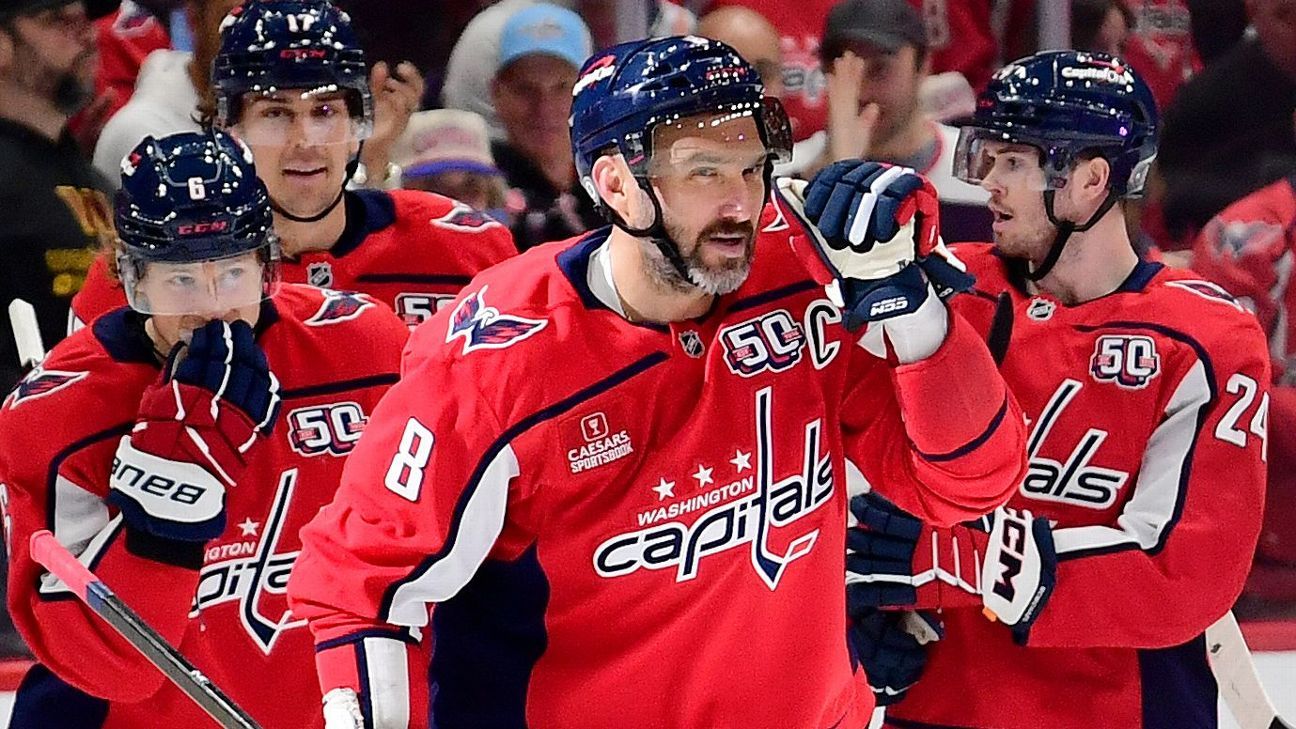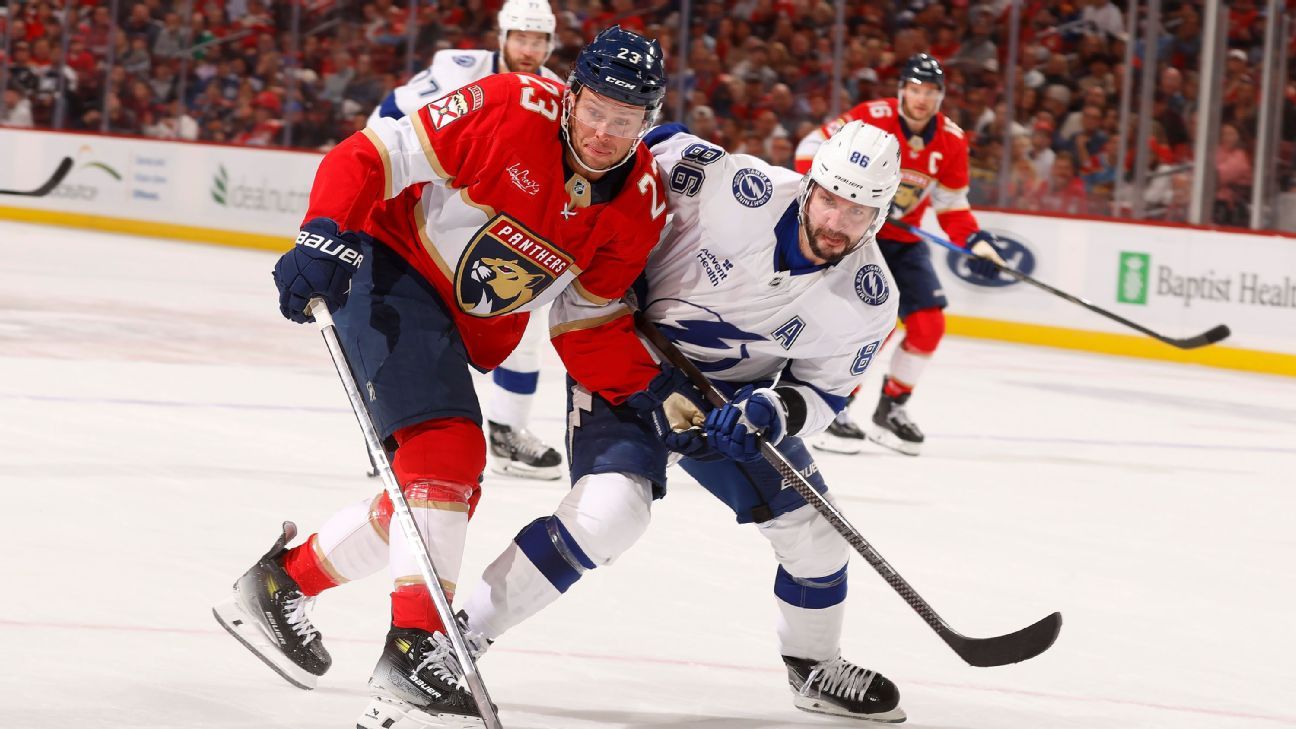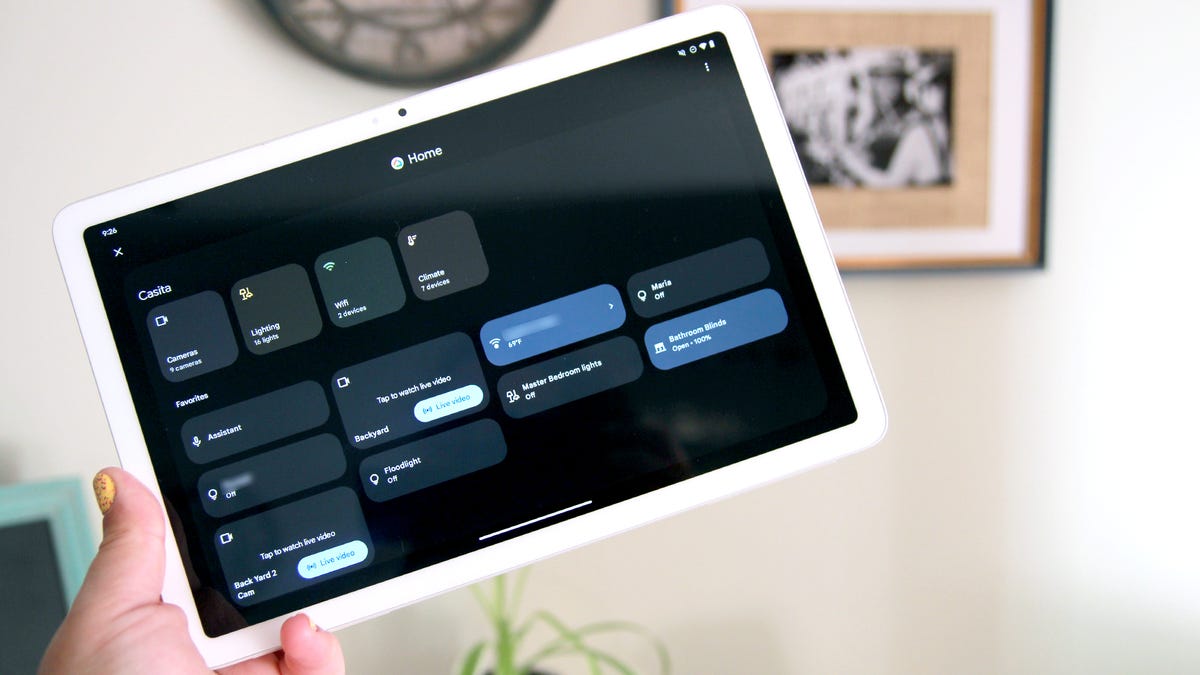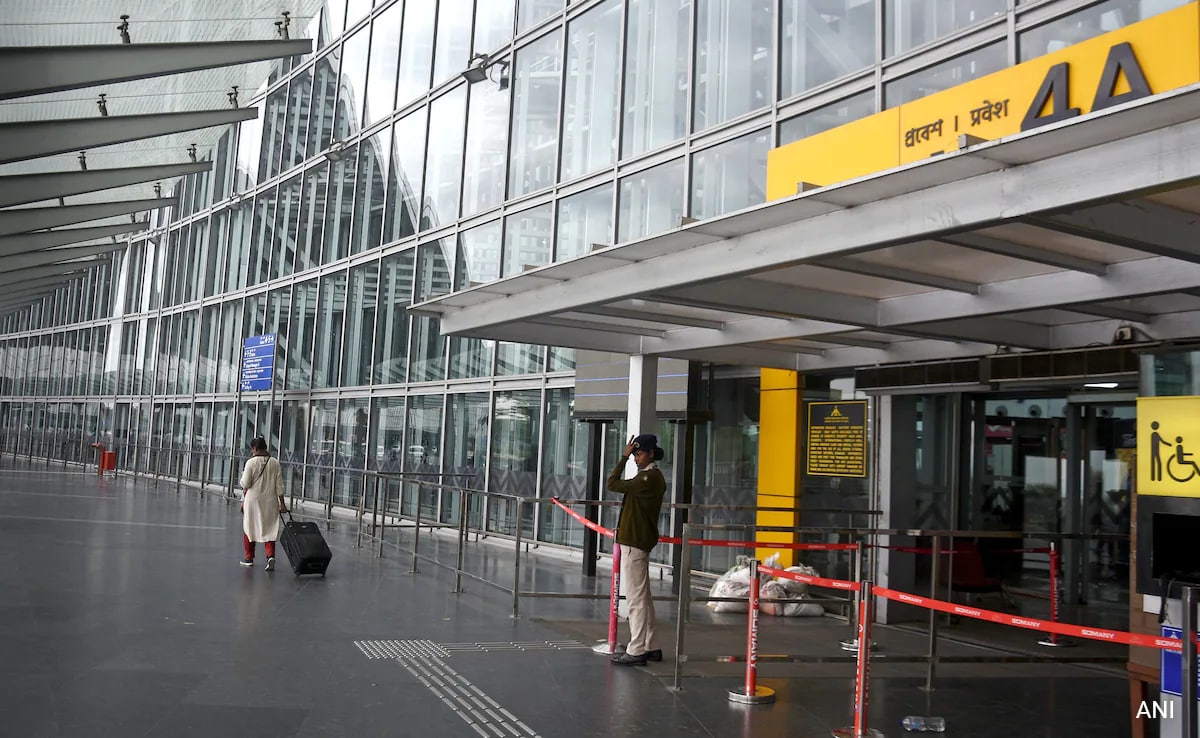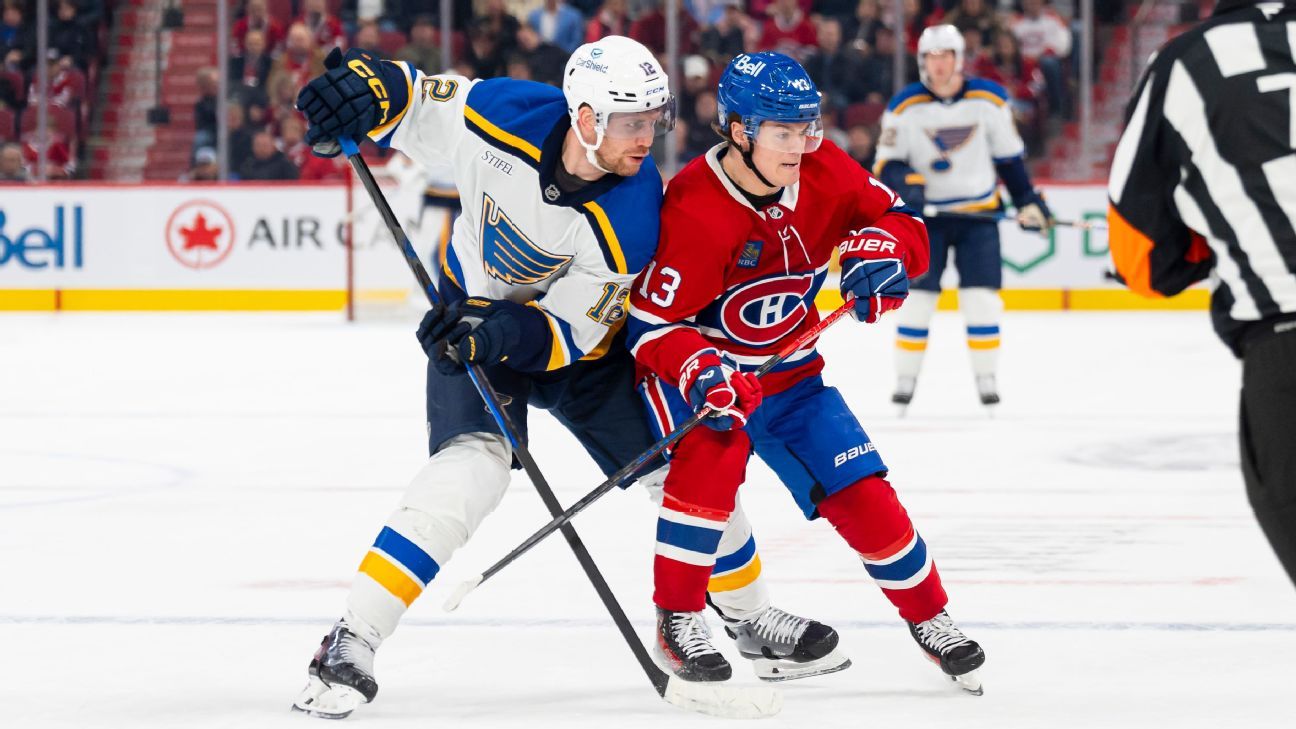Jibaritos and Fried Crab Dip: How Baseball Stadiums Serve Their Teams’ Fans


A host of diverse offerings are on the menu at Wrigley Field, Dodger Stadium, and other arenas this season. Here’s how they got there.
When you think of baseball stadium food, you’re probably thinking of the classics: hot dogs wrapped in foil, buttery popcorn, a crinkly bag of Cracker Jack. Although these items are still plentiful, dining at a baseball game has now become an exciting culinary affair. You can find kimchi-topped burgers, blistered shishito peppers, and grilled steak with chimichurri at ballparks across the United States.
These baseball stadiums didn’t start developing new menu items overnight or without forethought. Instead, culinary executives saw an opportunity to emphasize local specialties and highlight the diversity of each team. This shift has made dining at a baseball stadium as much a draw as the game itself. But preparing a new dish and scaling it to feed tens of thousands baseball fans takes time, effort, and culinary chops.
Ron Krivosik, the senior vice president of culinary at Levy (which manages the concessions for seven major league baseball stadiums), has overseen the changing menus at baseball stadiums for nearly 40 years. He says there are many factors to consider when coming up with a stadium menu, including ensuring an accessible price point, providing options that are both visually appealing and flavorful once scaled, and maintaining the availability of well-loved classics. One of the most important factors to consider, however, is that new menu items are hand-held or easily enjoyable finger foods. “You have to be able to get to your seat and then enjoy your food and beverage there,” Krivosik says.
At 111-year-old Wrigley Field — the second-oldest baseball stadium in the country behind Fenway Park in Boston — new menu items include a jibarito, a Chicago sandwich and Puerto Rican icon that uses smashed plantains in place of buns, and chicken and waffles drizzled with hot honey.
/cdn.vox-cdn.com/uploads/chorus_asset/file/25929365/Jibarito_2_Wrigley_Field.png) Levy
Levy
“Chicago is diverse with so many different cultures and that’s something we tap into,” says David Burns, the senior executive chef at Wrigley Field. And although Wrigley Field has a core, rotating menu, which includes bratwurst, Italian beef sandwiches, and the new addition of jibaritos and a kimchi burger, Burns also works throughout the season to bring limited-time offerings inspired by visiting teams. “When we play Boston, we’re going to offer the lobster roll. When Miami comes, we’ll have a Cuban sandwich. With Pittsburgh, we’ll do a pierogi or something like that,” Burns explains. “It allows us as chefs to have a lot of fun.”
Dan Doyle, the executive chef at Oriole Park at Camden Yards who was born and raised in Maryland, wants his menu to highlight the bounty of the state’s food scene. “I often hear Maryland called Little America because we have everything: mountains, coast, a bay, farmland,” Doyle says. “That influx of cultures and flavors gives us so much to play around with.”
One of Baltimore’s most well-known ingredients is blue crab, so Doyle wanted to ensure fans, both visiting and local, would get the opportunity to enjoy the crustacean at the park. Crab meat is a key ingredient in a new menu item, the Chessie, which features a foot-long Chesapeake sausage blanketed in crab dip, fried green tomatoes, and pickled corn. Another new dish emulates the actual look of a crab. Doyle takes crab dip and stuffs it into jumbo pasta shells, which are then breaded, fried, and dusted with Old Bay — no crackers or peeling necessary. It’s a menu item that Doyle’s been working on for over a decade. “I was like, if the supply chain and technology and skill set makes sense, I can finally roll this out,” he explains. “It’s just a lot of fun; it adds a little bit of whimsy.”
At Dodgers stadium in Los Angeles, executive chef Christine Gerriets looks to the team when dreaming up new menu items. “We partner with the team to make sure we incorporate them; that’s really important to us,” Gerriets says. With Shohei Ohtani, as well as Yoshinobu Yamamoto and new pitcher Rōki Sasaki, Gerriets wanted to expand the Japanese offerings at the stadium. “It allows us to welcome the culture, but also push the envelope for our existing fans to try something new,” she adds.
This year, Gerriets is rolling out a new take on a katsu sandwich by turning it into a club, complete with Kewpie mayonnaise and bacon on a plush Texas toast bun, as well as an update to the Home Run Platter featuring teriyaki chicken, steamed white rice, shishito peppers, vegetable dumplings, and spring rolls.
The work for developing new menu items starts as soon as the season ends in October (November in the case of the championship Dodgers). The development process includes parsing through the previous season’s fan feedback, which the culinary team gathers through ticketholder tasting events and in-season surveys. “Ahead of each season, we bring together key internal leaders to discuss what we’re hearing across the country, and we pressure test new concepts to hit on fan preferences,” Krivosik says.
In addition to trying to find the next buzzy menu item, the chefs must also navigate the challenges of sourcing ingredients and building recipes that can easily be scaled. “There are a few ingredients [we can’t] source at scale,” Krivosik says, referencing the plantains in Chicago’s jibaritos sandwich. “Some regional or specialty ingredients shine best in pop-up and limited-edition offerings rather than high-volume items.”
Although the development starts in the preseason, it continues throughout the season as the culinary team plans theme nights, limited-time offerings, and collaborations.
“It’s really fun to do a Latin theme night,,” says Burns in Chicago. “This allows us to have creativity as chefs. We can do a unique taco that feels like something you can get out of a taqueria.” New this season is a puffy taco; the flour tortilla almost resembles fry bread and is filled with carne asada.
For Gerriets, one of the theme nights at Dodger Stadium hit particularly close to home. “I’m Lebanese Armenian and when we had Armenian heritage night, I was blown away,” she says. The menu included shawarma fries, lahmajoun or what is often referred to as Armenian pizza, and a baklava sundae. “It was probably the most fun creating the menu items for that because it was just basically my childhood.”
Although these stadium chefs didn’t necessarily anticipate creating food for tens of thousands of fans at the onset of their careers, they’re proud of running what they call the “largest restaurant” without tables in their respective cities.
“I’ve done a la carte restaurants, hotels, catering,” Burns says. “I thought I’d check out sports and entertainment and wouldn’t be here more than a couple years, but here I am, [20 seasons] later.”
For Doyle, there is a sense of pride in confronting the challenges of scaling new items, maintaining quality, and exceeding the expectations of guests. “People think that stadium food can’t be great but with passion and drive, it’s easy to meet or exceed those expectations,” he says. “I like to think that people, regardless of winning or losing on the field, have a great time eating here.”





